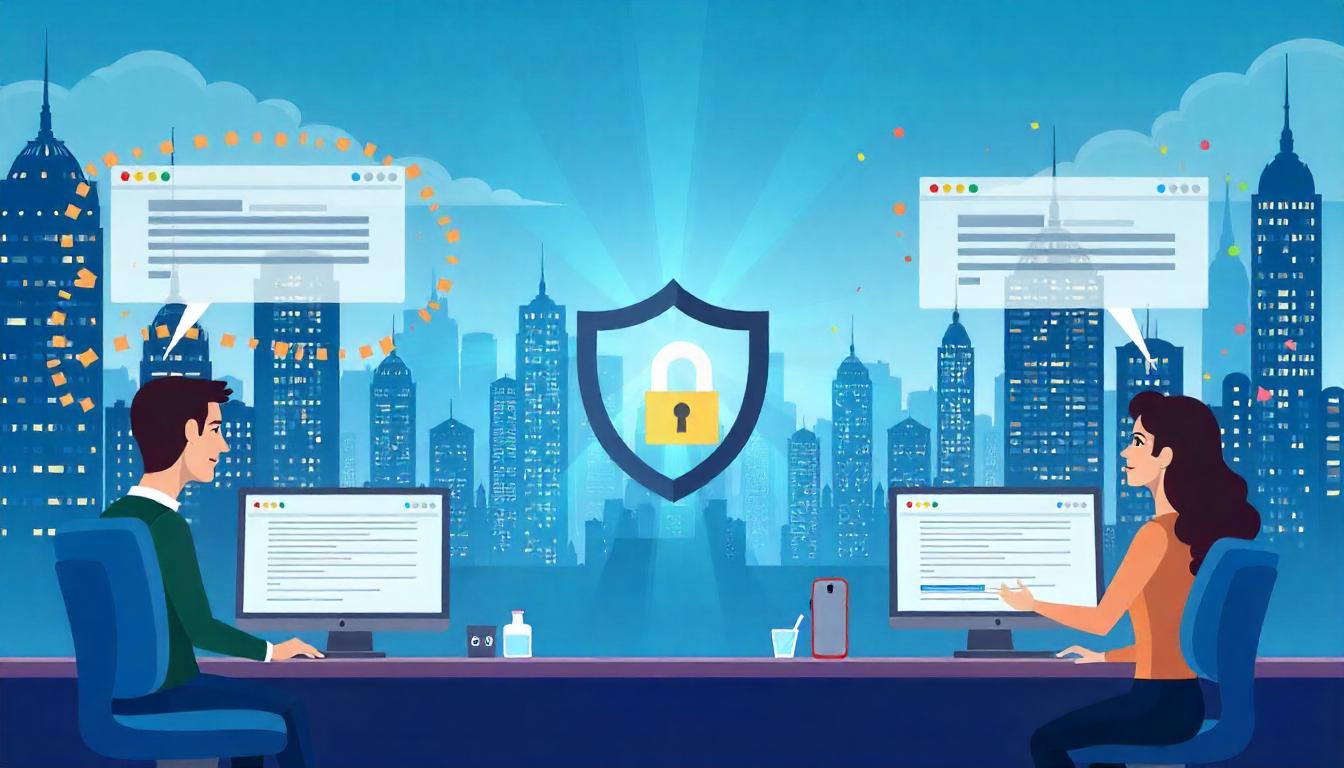How to Run an Effective Phishing Test for Employees in 2025

In 2025, cybercriminals continue to evolve, launching more cunning and sophisticated phishing attacks than ever. With over 74% of all data breaches involving human error (Verizon DBIR), employees remain your first defense line and greatest risk. This is why conducting a regular, planned phishing test for employees is not just optional, it’s a requirement.
What is a Phishing Test for Employees?
Phishing testing is also known as phishing simulation, involves sending realistic, but safe, fake phishing emails to employees. Phishing tests are a benchmark to assess how employees perform in identifying and responding to phishing. A phishing test aims to find weaknesses and bolster the organization’s human firewall by increasing staff vigilance and response rate.
How to Run a Phishing Test for Employees: Step-by-Step
1. Set Your Goals
Decide you want to check employee awareness with phishing testing in general, a department specifically, or high-risk roles like HR or finance.
2. Choose a Phishing Simulation Tool
Use a phishing simulation platform like Threatcop that offers customizable templates, inbox delivery via DMI, and multi-language support.
3. Create Scenarios that Look Real
Create messages that resemble the current phishing trends, like fake invoices, IT notifications, or requests for credential updates.
4. Launch the Test Without Forewarning
Send out the simulation messages at different times of the day and on different devices so that you are close to mimicking an actual attacker’s environment and awareness of time and space.
5. Collect and Review Results
You should see who clicked on the links, who reported it as phishing, and who ignored it by reviewing the embedded analytics features.
6. Provide Free, Targeted Training Immediately
After the test, provide simulated interactive training modules back to back through Threatcop’s TLMS so that the employee can turn their mistake into a learning moment.
7. Repeat and Grow
Phishing Tests should be completed monthly or quarterly to continue to develop the phishing awareness capabilities of individuals, as we know our tactics will change as the threats evolve.
Also Read: SOA OS23: Bridging Digital Architecture & Demolition Compliance
Best Practices for Conducting Phishing Tests for Employees
Frequency: Conduct tests on a quarterly or monthly basis to maintain the upper hand against resilient and evolving phishing threats.
Customizability: Use the most up-to-date threats and the context of your organization to implement a more accurate phishing scenario.
Feedback: Deliver training in real time and pertinent to the simulation to maximize learning potential.
Measurable: You have reporting that can be granular to track progress, high-risk users, and adjust the training accordingly.
Multiple Languages: I hope your organization is diverse enough that training can include native languages where applicable!
What is the Tool to Verify a Phishing Attempt?
To determine if your employee can spot a phishing attempt is much more than a fake email. It requires a complete solution that has simulation, tracking, and training. The ideal tool should include:
- AI-Powered scenarios tailored to current, industry-specific threats
- Multi-vector attack simulations (e-mail, SMS, QR codes, voice calls)
- Dashboards for real-time monitoring and reporting
- Instant feedback loop for training reinforcement
Threatcop’s Phishing Testing Solution is unique in that it provides all of the above, as well as Direct Mail Injection (DMI) technology that guarantees email will bypass filters and land in a user’s inbox as a real phishing email would. Threatcop TLMS, gamified, interactive training is based on employee performance.
Threatcop Makes Corporate Phishing Tests Smarter
Conducting a phishing test is more than just sending out a spoofed email. The goal of a phishing test is to deliver a learning experience that will help change employee behavior over time. This is where Threatcop provides strategic value through two flagship solutions: TSAT (Threatcop Security Awareness Training) and TLMS (Threatcop Learning Management System). Built together, they provide a complete ecosystem for running effective and educational phishing tests.
Realistic Simulations with TSAT
Threatcop’s TSAT enables organizations to launch real-world phishing simulations across multiple channels—not just email. These simulations cover:
- Phishing (Email)
- Smishing (SMS)
- Vishing (Phone calls)
- QR Code scams
- WhatsApp phishing
- Ransomware delivery tactics
- Attachment-based attacks
These simulations reflect modern attacker methods, making the test experience highly relevant and practical for employees.
Actionable Insights Through Reporting
TSAT provides real-time dashboards and detailed analytics that help you:
- Track who clicked, ignored, or reported the phishing attempt
- Identify high-risk departments or individuals.
- Understand behavior trends over time.
- Generate reports for compliance audits.
Each employee also receives a personal vulnerability score, which helps prioritize further training needs.
Smart Learning Reinforcement with TLMS
Once the phishing test concludes, TLMS steps in to deliver engaging learning content customized to user responses. This includes:
- Interactive videos and infographics
- Comics, posters, and newsletters
- Gamified modules like escape rooms and cyber challenges
- Microlearning content in multiple regional languages
This continuous cycle of testing ➝ feedback ➝ training ensures employees not only recognize phishing attempts but also retain what they’ve learned.
Fully Customizable & Scalable
Whether you’re a small business or a large enterprise, Threatcop’s platform adapts to your needs:
- Custom phishing templates based on employee roles
- AI-generated attack templates tailored to industry
- Department-specific training customization
- Scalable reporting across organizational hierarchies
Conclusion
As phishing attacks become increasingly advanced, phishing tests for employees are now more than just a best practice; they are a critical component of your overall cybersecurity strategy. These phishing simulations reduce the employee risk, improve awareness, and develop a pro-security culture. Not only does Threatcop provide TSAT and TLMS to test employees, it promotes a complete learning experience. Your employees will consistently be trained, tested, and ready for the threats they face from emails and SMS to voice, QR codes, and messaging apps.
Further Reading: BestAdvise4U.com News: Insights, Trends, and Smart Advice
